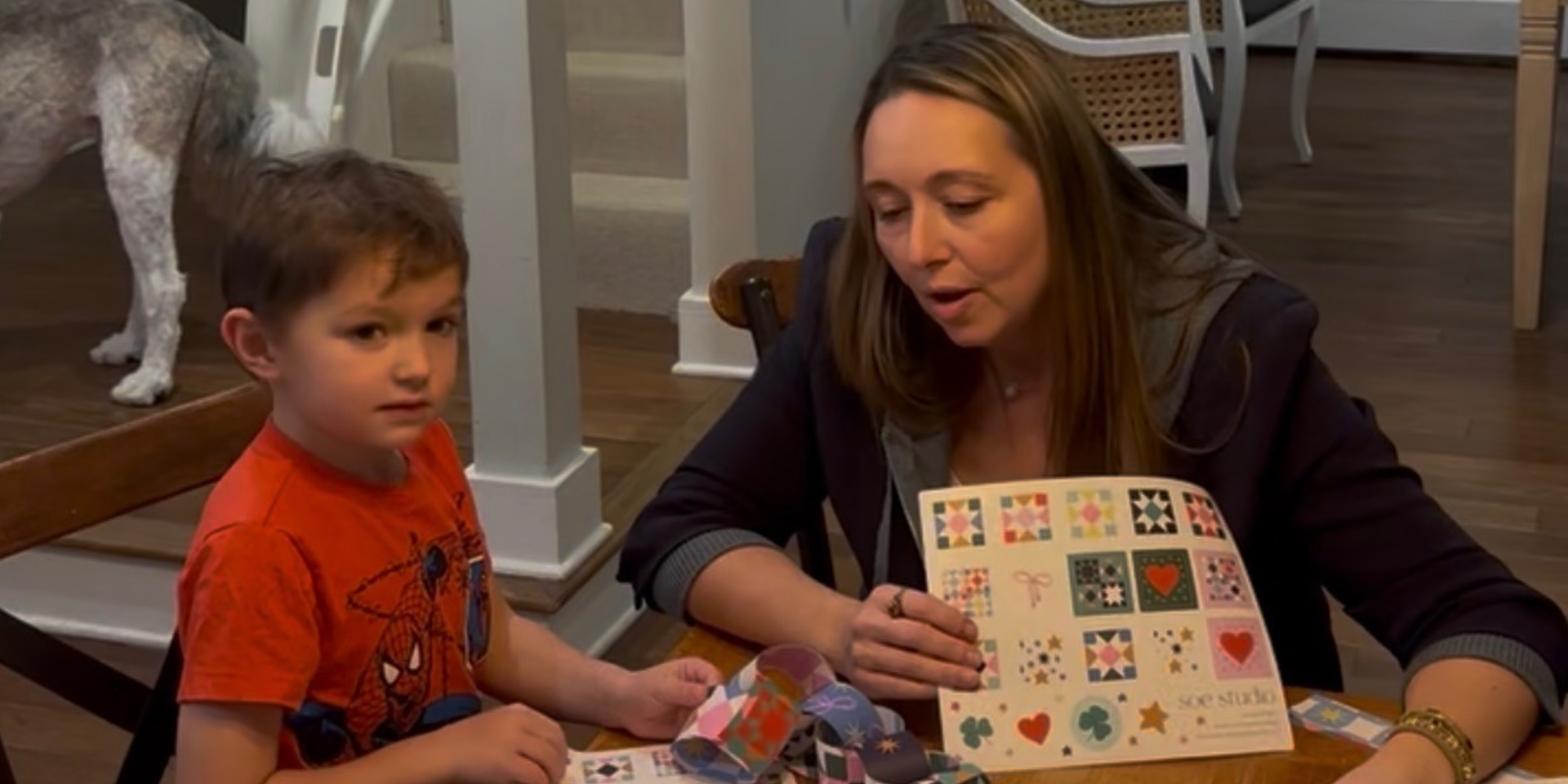Let's Dive into the World of Recycling
Let's dive into the world of recycling, unraveling the magic that transforms our everyday waste into valuable resources. From aluminum and plastic to glass and cardboard, each material has its unique recycling journey. As a home owner and eco-conscious realtor, I wanted to discuss the recycling processes of these materials, discuss how we can do our part to contribute, and debunk the myth that small efforts don't matter. Remember, every step towards responsible recycling counts, no matter how modest it may seem.

Aluminum: A Shining Example of Recycling Success
Aluminum is a poster child for successful recycling. Aluminum cans, often found in our kitchens, are highly recyclable and can be transformed into new cans within 60 days! The recycling process involves crushing the cans, melting them down, and shaping the aluminum into new cans or other products.
By recycling aluminum, we save energy and natural resources, reducing the need for virgin aluminum extraction. So, next time you're about to toss an aluminum can, remember that you're contributing to a cycle of sustainable reuse.
Plastic: Navigating the Complex Recycling Landscape
Plastic recycling, while vital, is often more complex due to the variety of plastic types. PET (polyethylene terephthalate) and HDPE (high-density polyethylene) are among the most commonly recycled plastics. The recycling process begins with collection and sorting, where plastics are separated by type. After cleaning and processing, the plastics are melted and transformed into pellets, which can be used to create new products.
However, some plastics are challenging to recycle due to contamination or lack of recycling facilities. Being mindful of our plastic consumption, opting for reusable alternatives, and participating in plastic collection programs are crucial steps in promoting effective plastic recycling.
Glass: A Never-Ending Cycle of Transformation
Glass recycling is a continuous cycle. When glass containers are recycled, they are crushed, melted, and molded into new glass products without any loss of quality. Recycling glass conserves raw materials, energy, and reduces landfill waste.
One important note: colors need to be separated during the recycling process because they have different melting points. Remember, glass is infinitely recyclable, so every glass bottle you recycle can have a lasting impact on our environment.
Cardboard: Turning Boxes into a Green Future
Cardboard, commonly used for packaging, has a relatively straightforward recycling process. It starts with collection and sorting, where cardboard is separated from other materials.
The cardboard is then cleaned, flattened, and processed into pulp. This pulp is used to create new cardboard products. By recycling cardboard, we reduce deforestation and energy consumption, making a positive environmental impact with each box we recycle.
Doing Our Part: The Power of Small Steps
Now, you might be wondering, "How can I make a difference?" The answer lies in understanding that recycling starts small. Don't be discouraged by the scale of the problem! Even small steps contribute to a cleaner planet. Start by properly sorting your recyclables, participating in community recycling programs, and advocating for recycling initiatives.
Remember that no action is too insignificant – every plastic bottle you recycle, every piece of cardboard you put in the bin, and every aluminum can you dispose of correctly has a cumulative effect in the grand scheme of things.
Debunking Recycling Myths: What Actually Gets Recycled?
It's essential to clarify what gets recycled. Not all materials make it through the recycling process due to contamination or lack of proper facilities. While it's a common assumption that all recyclables are turned into new products, the reality is more nuanced.
Understanding what can be recycled in your area and properly sorting your recyclables can help ensure that your efforts have a meaningful impact. Do your research, and don't hesitate to ask your local recycling center about their guidelines.
Recycling is an ongoing journey, and every step counts. Whether it's aluminum, plastic, glass, or cardboard, each material has its recycling story, contributing to a more sustainable world. By embracing responsible recycling practices, we can conserve resources, reduce landfill waste, and contribute to a greener future.
Remember that your recycling efforts, no matter how small, are part of a larger collective movement towards environmental preservation. So, the next time you toss a can into the recycling bin or flatten a cardboard box, know that you're actively participating in a cycle of positive change.
Let's celebrate the power of recycling and keep making a difference, one recyclable at a time.





